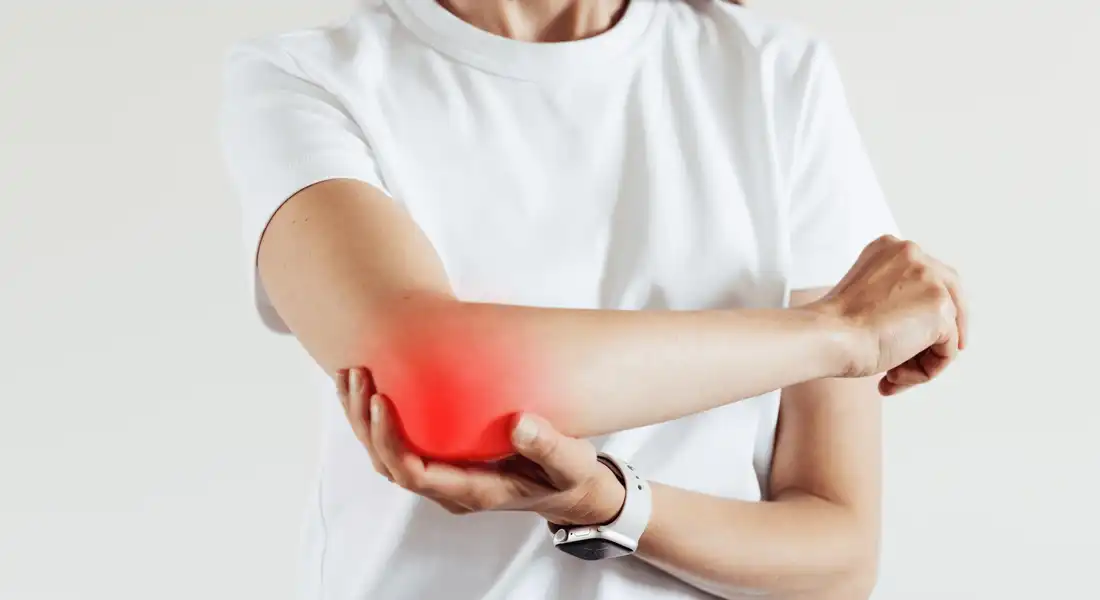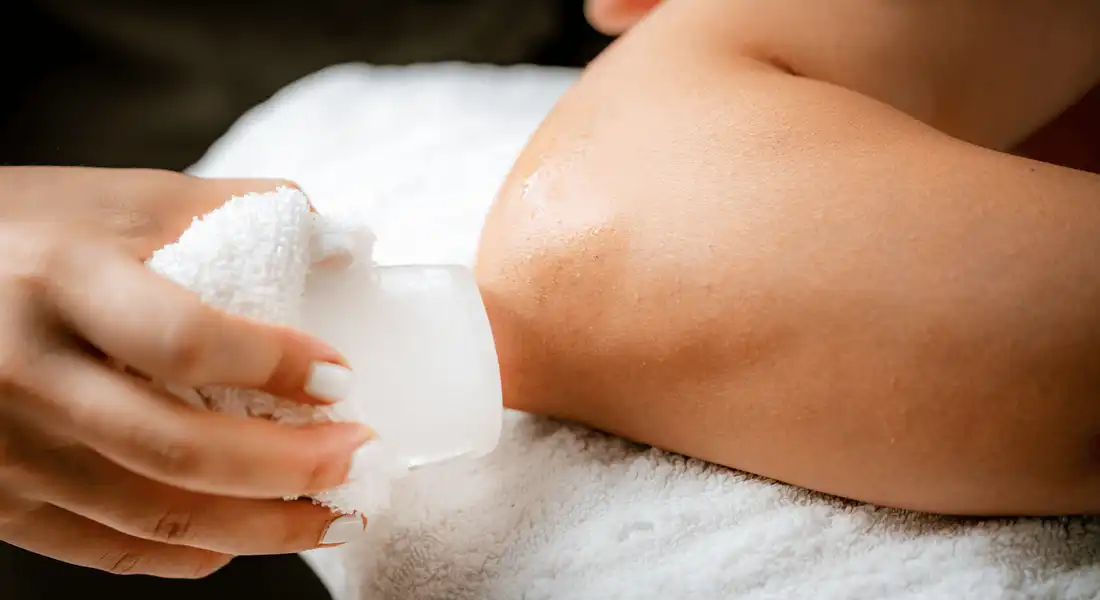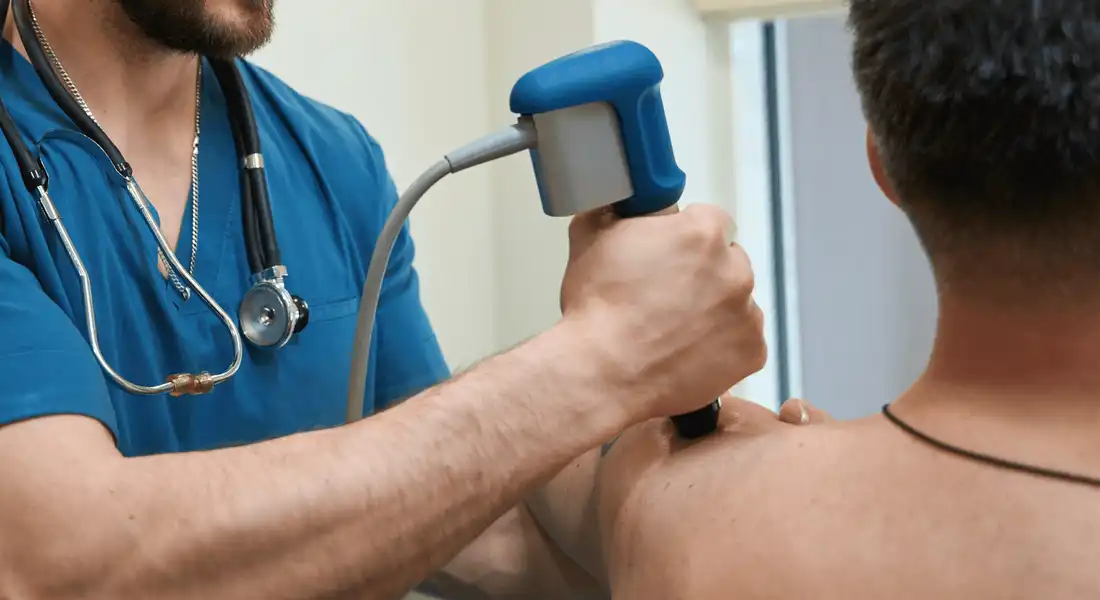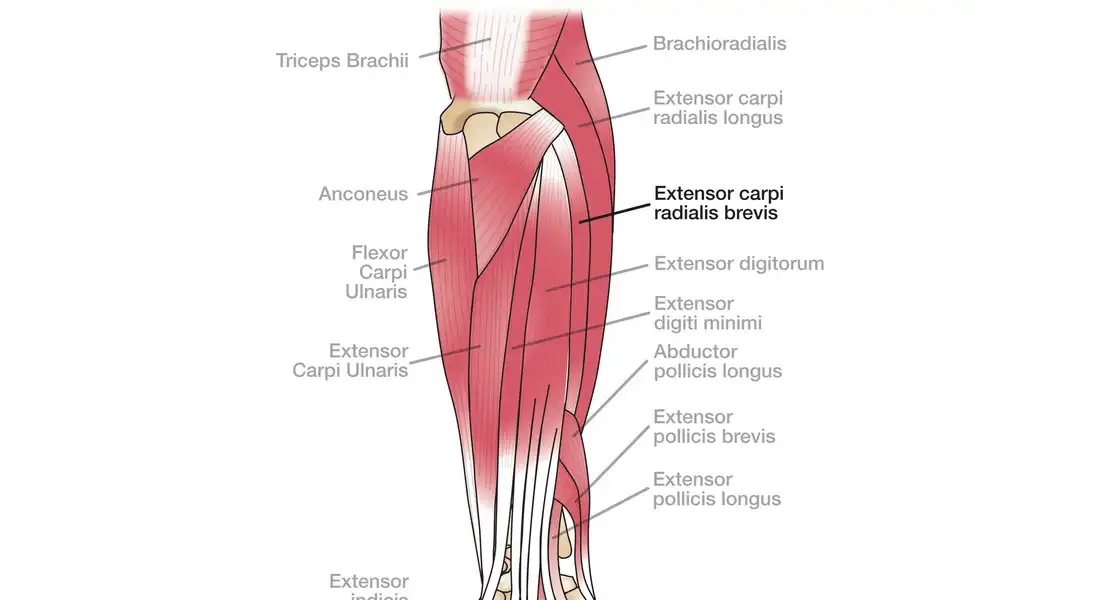
Tennis elbow, also known as lateral epicondylitis, is a common condition that causes pain and inflammation in the tendons that attach the forearm muscles to the outer elbow. It is often associated with repetitive use of the hand and wrist, particularly in activities like tennis, badminton, and carpentry. While tennis elbow is predominantly associated with racquet sports, it can also affect individuals engaged in activities that involve forceful grasping, repetitive hand movements, or prolonged use of computer keyboards.
Anatomy of the Forearm: A Deeper Look
To fully understand tennis elbow and the associated arm pain, it's crucial to delve into the anatomy of the forearm and the underlying mechanisms that lead to this condition.
The muscles that control wrist and finger extension, such as the extensor carpi radialis brevis and the extensor carpi ulnaris, originate in the forearm and insert into the outer elbow through tendons. These tendons, acting as cables, transmit the force generated by the muscles, enabling wrist and finger extension.
During repetitive hand and wrist movements, these tendons are subjected to repeated microtrauma, leading to inflammation and degeneration. This inflammation manifests as pain and tenderness in the outer elbow, often radiating down the forearm and into the fingers.
Unveiling the Risk Factors: A Multifaceted Perspective
Several factors contribute to the development of tennis elbow, including:
Repetitive Hand and Wrist Movements: Overuse of the hand and wrist, particularly in activities involving forceful grasping, repetitive hand movements, or prolonged use of computer keyboards, is a major risk factor.
Improper Technique: Improper technique during racquet sports or lifting can increase the strain on the tendons, leading to inflammation.
Age: Tennis elbow is more prevalent in individuals between the ages of 30 and 50, as the tendons become less resilient with age.
Underlying Medical Conditions: Certain medical conditions, such as diabetes and arthritis, can increase the risk of developing tennis elbow.
Preventive Measures: A Proactive Approach to Tennis Elbow
Fortunately, with a proactive approach, tennis elbow can be prevented or its severity minimized. Here are some effective preventive measures:
Warm-up and Cool-down: Always warm up your muscles before engaging in activities that involve repetitive hand and wrist movements. Similarly, cool down after these activities to promote muscle relaxation and reduce inflammation.
Strengthening Exercises: Strengthening the forearm muscles can help support the tendons and reduce strain. Exercises like wrist curls and reverse wrist curls can be beneficial.
Proper Technique: Proper technique is crucial to minimize strain on the tendons. In racquet sports, ensure proper grip and swing mechanics.
Ergonomic Workstation: If you work at a computer, adjust your workstation to maintain proper posture and reduce strain on your hands and wrists.
Take Breaks: Take regular breaks throughout the day to rest your hands and wrists.
Equipment Modifications: Consider using racquets or tools with larger grips or shock-absorbing features to reduce strain on the tendons.

Treatment Options: A Comprehensive Approach to Healing
If you experience persistent pain and tenderness in your outer elbow, it's essential to seek professional guidance. Treatment options for tennis elbow include:
Rest: Resting the affected arm is crucial for allowing the tendons to heal. Avoid activities that aggravate the pain and allow the tendons sufficient time to recover.
Ice and Heat Therapy: Applying ice to the affected area can reduce inflammation, while heat can promote relaxation and pain relief. Ice packs can be applied for 15-20 minutes at a time, while heat therapy can be used for 20-30 minutes at a time.
Nonsteroidal Anti-inflammatory Drugs (NSAIDs): NSAIDs, such as ibuprofen or naproxen, can help reduce pain and inflammation. Over-the-counter NSAIDs can be effective in managing mild to moderate pain, while stronger prescription NSAIDs may be prescribed for more severe cases.
Physical Therapy: Physical therapy exercises can strengthen the forearm muscles and improve flexibility, promoting healing and preventing recurrence. A physical therapist can design a personalized exercise program tailored to your specific needs.
Cortisone Injections: In some cases, cortisone injections may be administered to reduce inflammation and provide long-lasting pain relief. Cortisone injections offer a quick and effective solution for pain relief, but it's important to note that repeated injections may weaken the tendons.
Extracorporeal Shockwave Therapy (ESWT)

ESWT is a non-invasive treatment that uses sound waves to deliver energy to the affected area. The sound waves help to:
Promote tissue healing: ESWT stimulates the production of new cells and collagen, which helps to repair damaged tendons.
Reduce pain: ESWT can block pain signals from being transmitted to the brain.
Improve flexibility: ESWT can break down scar tissue and improve the range of motion in the affected area.
ESWT is typically used for chronic tennis elbow that has not responded to other treatments. It is a relatively new treatment, but studies have shown that it can be effective in reducing pain and improving function.
ESWT is usually performed in a doctor's office or outpatient clinic. The treatment is typically painless, but you may feel some discomfort during the procedure.
Here is a summary of the benefits of ESWT for tennis elbow:
Non-invasive: ESWT does not require surgery or injections.
Painless: ESWT is typically painless, although you may feel some discomfort during the procedure.
Effective: Studies have shown that ESWT can be effective in reducing pain and improving function in people with tennis elbow.
If you are considering ESWT for tennis elbow, it is important to talk to your doctor about the risks and benefits of the treatment. ESWT is not suitable for everyone, and there are some potential side effects, such as bruising, swelling, and temporary pain.
Subscribe form
This is where you want visitors to leave their email addresses so you can send them marketing info and targeted deals. To convince people to subscribe to your newsletter, try offering them something valuable that aligns with your business. This could be a special offer or early access to new products.



